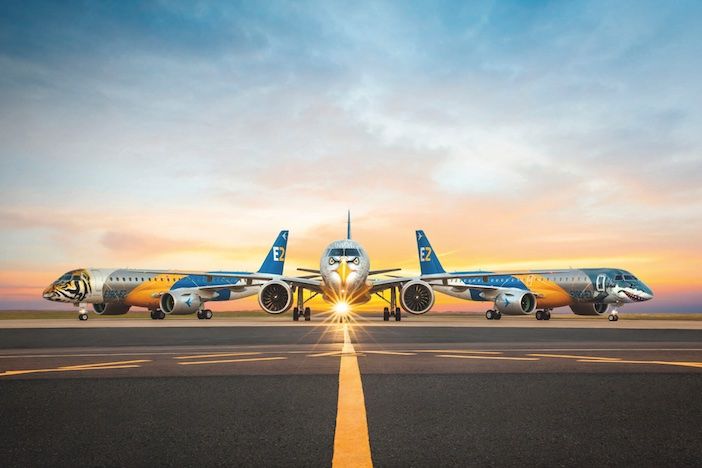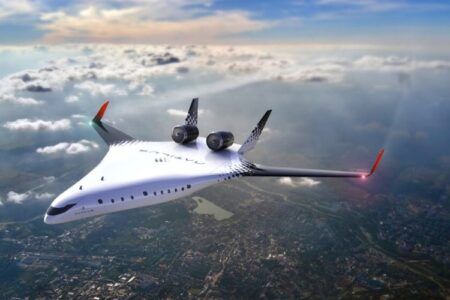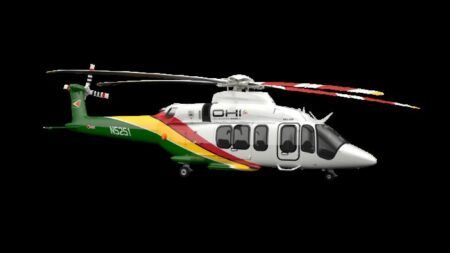Embraer has paused development and testing of its E175-E2 jet for three years.
The Brazilian aircraft manufacturer expects to resume development of its medium regional jet airliner after the three years and for the E175-E2 to enter into service by 2028. The aircraft was planned to enter into service during 2024.
The delay to the aircraft’s development was blamed on the slow progress discussions with pilot unions have made on relaxing US airline scope-clause rules that govern regional-aircraft capacity, weight, and numbers. Embraer also blamed current global market conditions for commercial aviation, but added in a statement that there was “continuing interest in the current E175 jet in the US market”.
The E2 is an 80-seat airliner and the smallest of the three variants of the E2 jet family, which mainly targets routes that on which is uneconomic for airlines to operate A320s or 737 Max aircraft.
Last year Embraer reported that around 80% of E175-E2 ground- and flight-test tasks had been completed by August.
The E175-E2 is a E190-E2 derivative and has a shorter fuselage, different wing, and Pratt & Whitney PW1700G-JM engines.
Given the changed wing and new performance requirements, Embraer is “re-testing the entire new aeronautical configuration, and repeating all loads, flight mechanics, and performance tests.”
It also is repeating all in-flight tests related to engines and all “direct interfaces,” such as fuel, temperature, and cabin-pressurisation control.
The manufacturer must guarantee and validate “entire integration of the avionics and flight-command systems,” to match the EIS maturity already shown in the E190-E2. The “very dense” flight-test campaign is estimated to involve some 1,600FH to achieve E175-E2 certification.
Additional reporting by Ian Goold – find further detailed information on the progress of commercial aircraft flight test programs here





